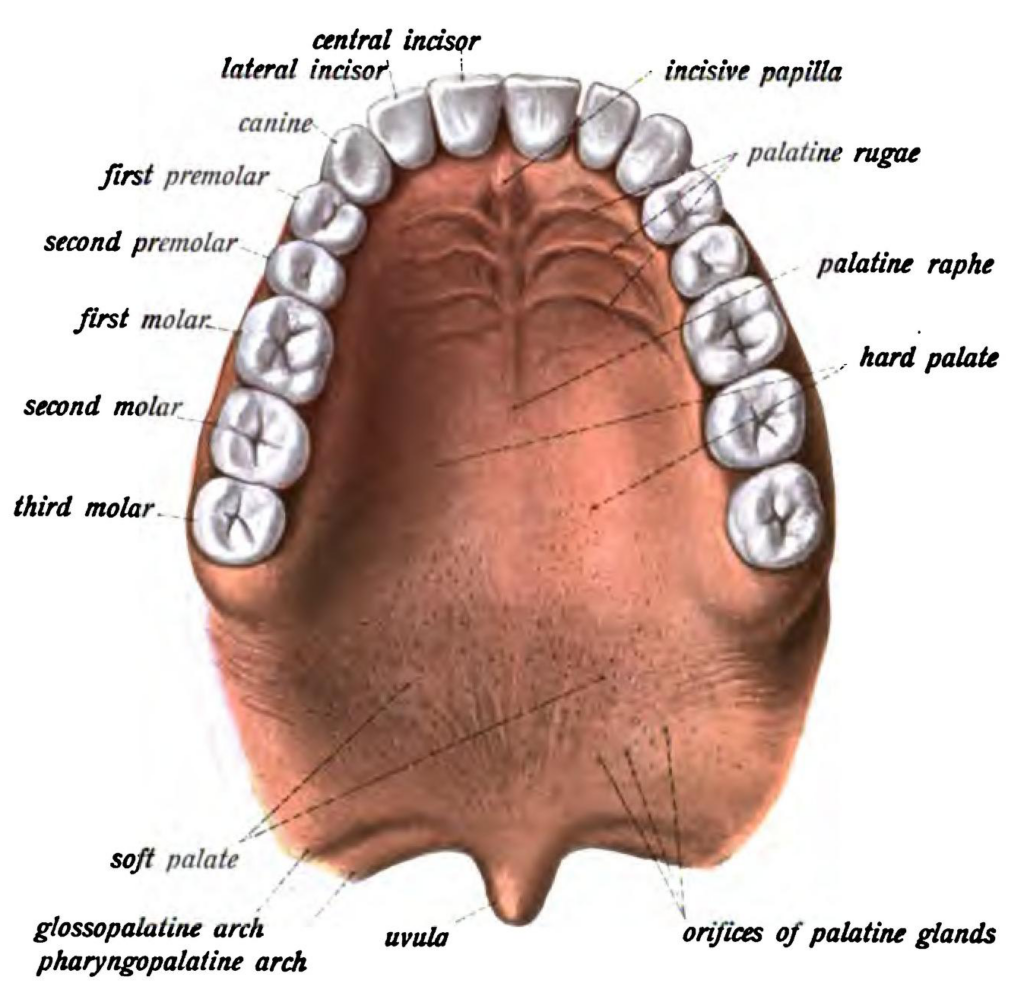Table of Contents
Addressing all factors that cause forward head
Struggle with forward head posture?
I bet you tried sitting up straight and pulling your shoulders back. But it didn’t work that well, right?
That’s because forward head posture is not caused by laziness or phone use, but by something else:
The need to keep the airway open.
I’ll explain why forward head posture happens and how to fix the underlying issues. Addressing this posture in the best way possible.
Read the blog, watch the video, and listen to the podcast below to learn about it.
Why forward head posture happens
When the head juts forward, it increases the upper airway dimensions. This posture also causes the mandible to fall backward, or retrude. To be able to breathe, you have to open your mouth. This strategy helps you pull in more air, but it comes with costs:
- Impaired diaphragm use (this study)
- Reduced lung volumes (this study)
- Limited neck and mandible mobility
This strategy happens if a person cannot get enough air through nasal breathing.

The fix, then, is to improve airway dynamics. This will make nasal breathing occur more easily. If you can nasal breathe, you eliminate the need for a forward head posture.
Expand the thorax to fix forward head posture
With forward head, there is reduced ribcage mobility. This limitation impacts how well you can move air. We need to restore dynamics in the chest wall first.
The move I like to use is decline prone breathing. This helps improve anterior thorax mobility.
- Lie on your stomach with two pads or pillows under your hips.
- Place your elbows at about mouth height, with your forearms on the ground.
- Look up at your thumbs gently with your eyes, without tipping your head up.
- Breathe in through your nose and exhale through your mouth.
- Gently weight your inner elbows and lower ribs during the exhale.
- The chest will barely come up.
- Silent nose inhale
- Soft mouth exhale
- Repeat for three to five rounds of five breaths, two times per day.
To improve posterior thorax mobility, I use this seated posterior expansion move.
- Sit in a chair with a mini band just below your wrists.
- Place your elbows on the desk, much lower than the shoulders.
- Chest parallel to the wall. NO SLOUCHING.
- Look to the horizon.
- Breathe in through your nose
- Exhale through the mouth.
- As you exhale, slowly and subtly push your chest and tummy away from the desk.
- Spin your arms out against the band, feeling the muscles on your shoulder blade working.
- Repeat for three to five rounds of five breaths, two times per day.
Tongue position to fix forward head posture
Proper tongue placement pulls down on the nasal floor, expanding the nasal airway. This decreases the need for a forward head posture.
The keys for this tongue placement are:

- Place your entire tongue up on the roof of the mouth. It should sit between the teeth.
- The tongue tip should rest on the rugae, the rough path just behind the front teeth.
- Keep your lips softly closed
A clucking exercise can help if you struggle to get the tongue up:
How vision influences forward head posture
The visual system also influences forward head posture. Those with forward head often have a tendency to look down. This helps keep stability with walking, but it’s not necessarily a good thing.
Stability = less available motion = fewer possible postures
An easy fix for this is to keep eyes looking forward into the environment. Eyes to the horizon is a great cue. This works both in exercise and in daily movement.
Sum up
Fixing forward head posture requires targeting the underlying issues that cause it. Improving respiratory dynamics and visual influences can help this posture for good.
To recap
- Forward head posture happens to keep the airway open
- Fixing it requires improving respiratory dynamics. This includes improving ribcage motion and tongue posture
- The visual system can help by looking far out to the horizon
If you also have rounded shoulders, you may want to check out this post.